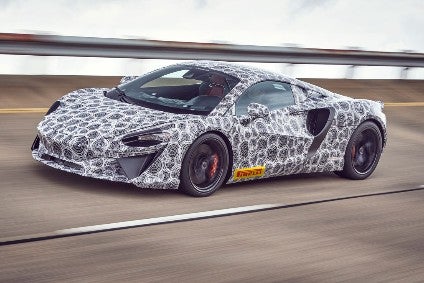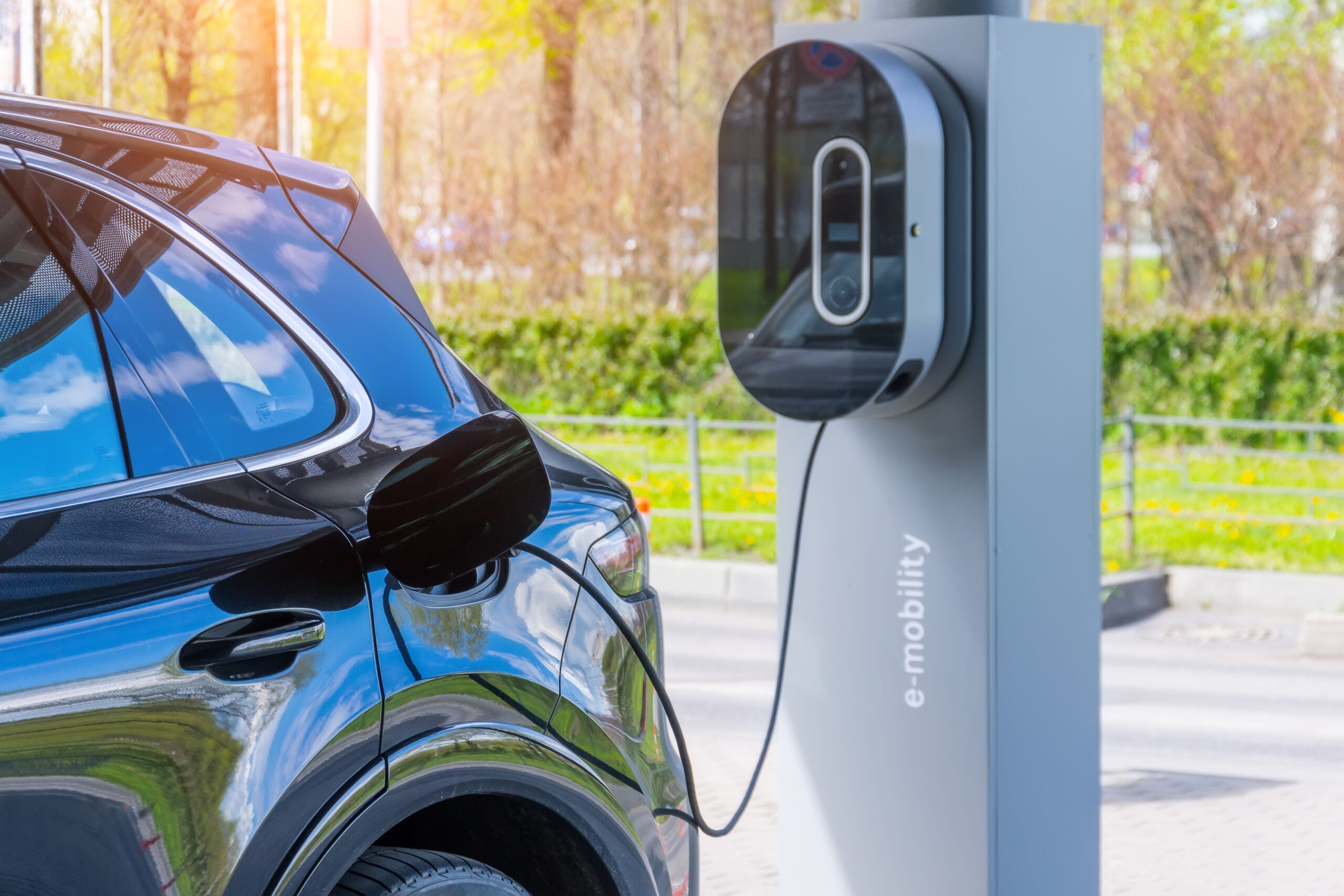
Terrible doesn’t even begin to describe what a year it’s been for McLaren. After making almost a third of what had been a 4,000-strong workforce redundant, sustaining a months-long production stoppage and needing several large cash injections, the company is now said to be at break-even.
*This feature was originally published on 28 October. The section covering what had been known as the ‘HPH’ hybrid supercar has been updated, McLaren having just announced the model name: Artura.
How well do you really know your competitors?
Access the most comprehensive Company Profiles on the market, powered by GlobalData. Save hours of research. Gain competitive edge.

Thank you!
Your download email will arrive shortly
Not ready to buy yet? Download a free sample
We are confident about the unique quality of our Company Profiles. However, we want you to make the most beneficial decision for your business, so we offer a free sample that you can download by submitting the below form
By GlobalDataMike Flewitt reckons returning to near last year’s sales total of 4,662 cars (the record remains 4,829 in 2018) will take some time – the 5,000 cars a year goal by the end of 2025 having been reset to 4,000 – but the focus is on making sure the business returns to profit as soon as it can. After all, who is going to want to buy a high priced luxury product from any firm which is in the news for all the wrong reasons?
McLaren still has no plans to introduce an SUV and if there are any firm intentions for fully electric models they are not being spoken about. Despite what is being said, a electric hypercar will of course be coming but such a project will be very costly so not a priority.
This year, global sales will likely be around the 2,700 units mark, Mike Flewitt stated last month. That’s due to China not being a major market although sales are at least headed in the right direction there, albeit from a small base. The USA remains the top export destination, the country accounting for more than a third of deliveries during the first three quarters of 2020 and 40 per cent last year.
Next year is when things are expected to start improving more strongly thanks to the arrival of fresh models, starting with the production version of the prototype pictured above.
The follow-up to the Sports Series will be the first vehicle for MCLA (McLaren Carbon Lightweight Architecture), the new platform announced in August.
Rather than a V8 the powertrain will be a new hybrid biturbo V6. Just recently the company told us that production of the Sports Series would cease by year-end and that the ‘HPH’ would be introduced in the first half of 2021. The new supercar, the name of which was revealed earlier on 23 November, will be positioned between the GT and 720S.
McLaren’s decision to switch sourcing of the carbon fibre monocell and monocage chassis from Austria to England was announced in February 2017. The Artura will have its chassis manufactured in Sheffield.
Announced at the Goodwood Festival of Speed in July 2018, the company’s Track25 business plan was due to see it invest GBP1.2billion in research and development to deliver 18 new cars or derivatives by the end of 2025. The COVID-19 crisis means the company slashed spending dramatically in May, delaying or cancelling many projects.
Despite the cuts to all budgets, the Artura remains one of the main car lines for Track25. This business plan is an extension of the former Track22 which McLaren announced at the 2016 Geneva motor show. As well as the three extra years, another change is that all future models will be hybrids. The company had aimed to be building and selling 6,000 cars a year by the time Track25 concluded but that number will surely either be abandoned or revised until later in the decade.
The GT, revealed in mid-May 2019, was the fourth vehicle for Track25. It has a 620 PS and 630 Nm 4.0-litre twin-turbocharged V8 and is a meant to be a supercar for those who need a little more space for luggage, storage capacity being 570 litres. The rear luggage bay is accessed via a front-hinged, full-length glass tailgate. This can be electrically powered but for that feature, incredibly, the buyer must pay extra. The GT will likely be discontinued by mid-decade.
Replacing the 650S in 2017, the 720S was the first car for the second generation Super Series. Powered by M840T, a 3,994 cc biturbo V8, the coupé was joined by the 720S Spider in 2019. Next comes a Long Tail variant, Mike Flewitt stated in March. That car’s name is 765LT, the number being a reference to not only the number of examples which will be built but also the stated power output in PS. Torque is 800 Nm. McLaren says the weight is 1,339 kg (DIN), making the LT 80 kg lighter than the 720S coupé. One of the distinguishing features is four tailpipes in a row. Production of the Super Series should end in 2023, the replacements being hybrids and MCLA-based.
One of the worst bits of accidental timing has been the arrival of the Elva, the proposed volume of which has now had to be cut. Twice. Developed to follow the Senna and Speedtail, this time the small-scale production run is for a speedster. The company would make 399 examples, it announced at an event timed to coincide with Monterey Week in August 2019. A darkened image of the vehicle was also revealed. The name and official images were then announced in November 2019. Weeks later, COVID-19 officially hit China, as we know.
In April, with its business in serious trouble, McLaren said only 249 cars would be produced, the PR spin being that this would render the Elva “more exclusive”. Five months later, the company made this second announcement: “…no more than 149 Elva’s [sic] will now be built, given the limited production slots available on the recently re-opened line and compromised availability of parts”.
“Coming to market in late 2020, the new Ultimate Series model is likely to be priced between the current McLaren Senna (£750,000) and Speedtail (£2.1 million) models”, a media release had added. The price has ended up being GBP1,425,000.
The Elva is the lightest road car yet from McLaren Automotive. Powered by a 825 PS 4.0-litre biturbo V8, this is an “extreme two-seater with a bespoke carbon fibre chassis and body but no roof, no windscreen and no side windows”. A windscreen is optional.
An eventual successor will supposedly not be launched until 2024, Mike Flewitt claimed in an April interview, adding that this car would be “electrified” but not an EV.
Reports for many other manufacturers’ future models are grouped in the OEM product strategy summaries section of just-auto.com.
Future platform intelligence
More detail on past, current and forthcoming models can be found in PLDB, the future vehicles database which is part of GlobalData’s Automotive Intelligence Center. That includes McLaren models not detailed in this report.




